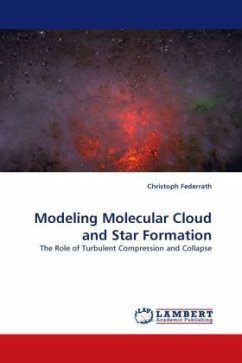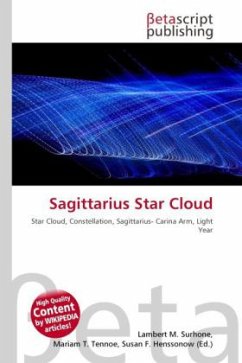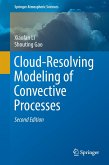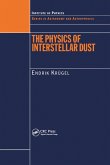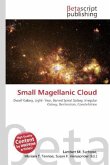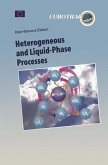Turbulent compression is considered a key process in molecular cloud and star formation. Over the last years, interstellar turbulence has thus been studied both in direct observations and in computer simulations. Apart from Kolmogorov's phenomenological model of incompressible turbulence, however, a complete theory of highly compressible turbulence remains elusive. The goal of this work is to improve our understanding of the role of interstellar turbulence for star formation. In particular, the two limiting cases of turbulence energy injection are investigated in hydrodynamical computer simulations: solenoidal forcing and compressive forcing. It is shown that these two limiting cases yield significantly different turbulence statistics and star formation rates. Different observed regions also show evidence of different mixtures of compressive and solenoidal forcing. This work should be useful for both observational and theoretical astrophysicists, as well as for readers interestedin more general properties of interstellar turbulence and star formation, and in how these are modeled in computer simulations.
Bitte wählen Sie Ihr Anliegen aus.
Rechnungen
Retourenschein anfordern
Bestellstatus
Storno

